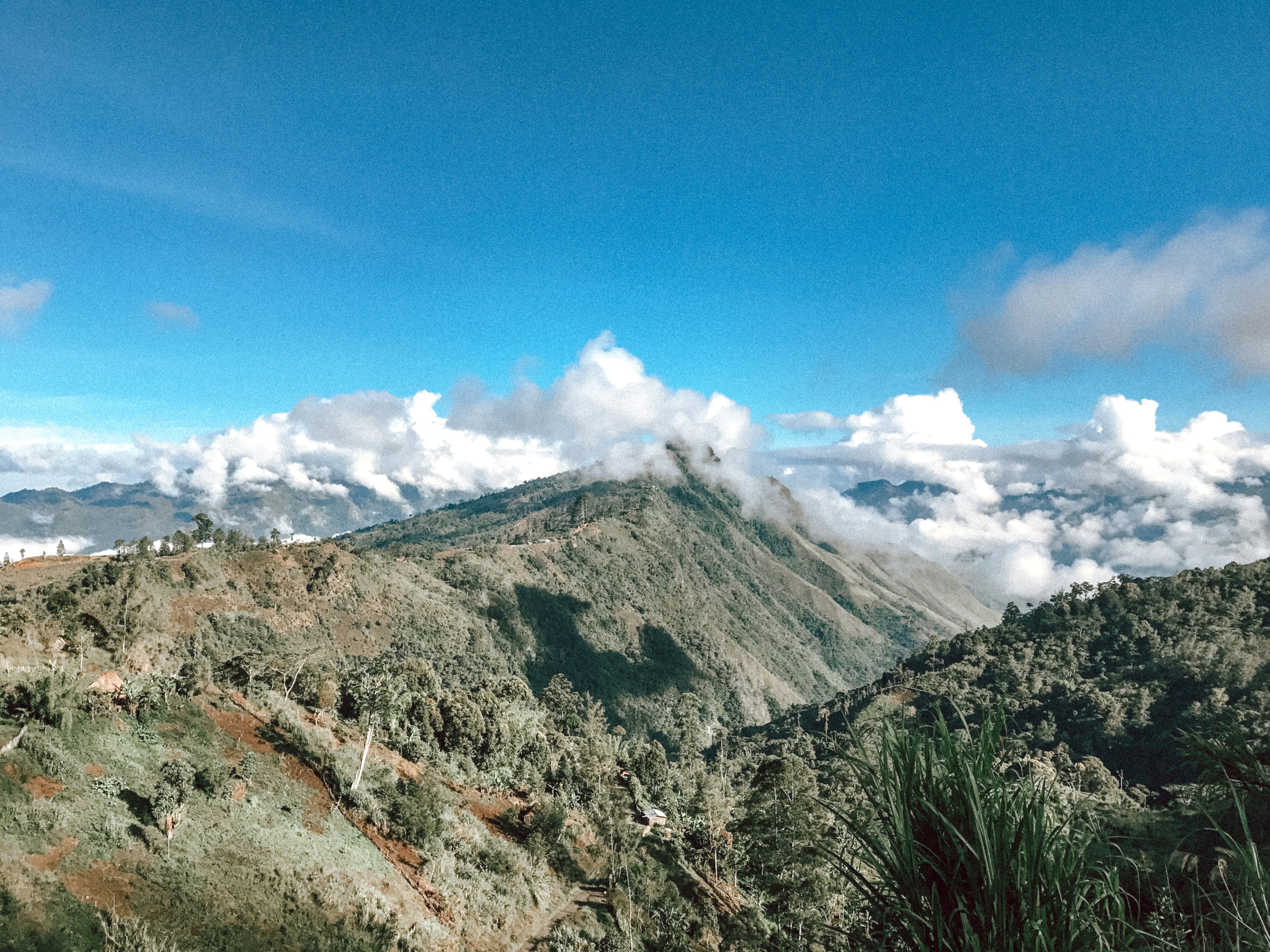Expert Reaction
These comments have been collated by the Science Media Centre to provide a variety of expert perspectives on this issue. Feel free to use these quotes in your stories. Views expressed are the personal opinions of the experts named. They do not represent the views of the SMC or any other organisation unless specifically stated.
Professor Alan Collins is the Douglas Mawson Professor of Earth Sciences at the University of Adelaide
The landslide in PNG occurred in a region of considerable rainfall, relief and mountainous topography. It also lies where the Australian Plate collides with the Pacific Plate causing many earthquakes and land movements. Although this landslide does not appear to have been directly triggered by an earthquake, the frequent earthquakes caused by plates colliding build steep slopes and high mountains that can become very unstable. Rainfall in this region also alters the minerals that make up the bedrock. This can weaken the rock forming the hillsides. Vegetation mitigates this as tree roots can stabilise the ground. Deforestation can make landslides more prevalent by destroying this biological mesh.
Associate Professor Pierre Rognon is from the School of Civil Engineering at The University of Sydney
Landslide search and rescue is particularly challenging. Earthquakes can collapse structure and trap people underneath the rubbles, which we know is bad enough in terms of search and rescue. Landslides do this too. In addition, they can bury collapsed structures and people under dozens of meters of geomaterials. To make things worse, they can move structures and trap people over hundreds of meters. No one can predict exactly where potential survivors may be located and where to start looking for them. Last but not least, landslides are prone to replica as they often leave steep, unstable slope behind.



 Australia; Pacific; NSW; SA
Australia; Pacific; NSW; SA


